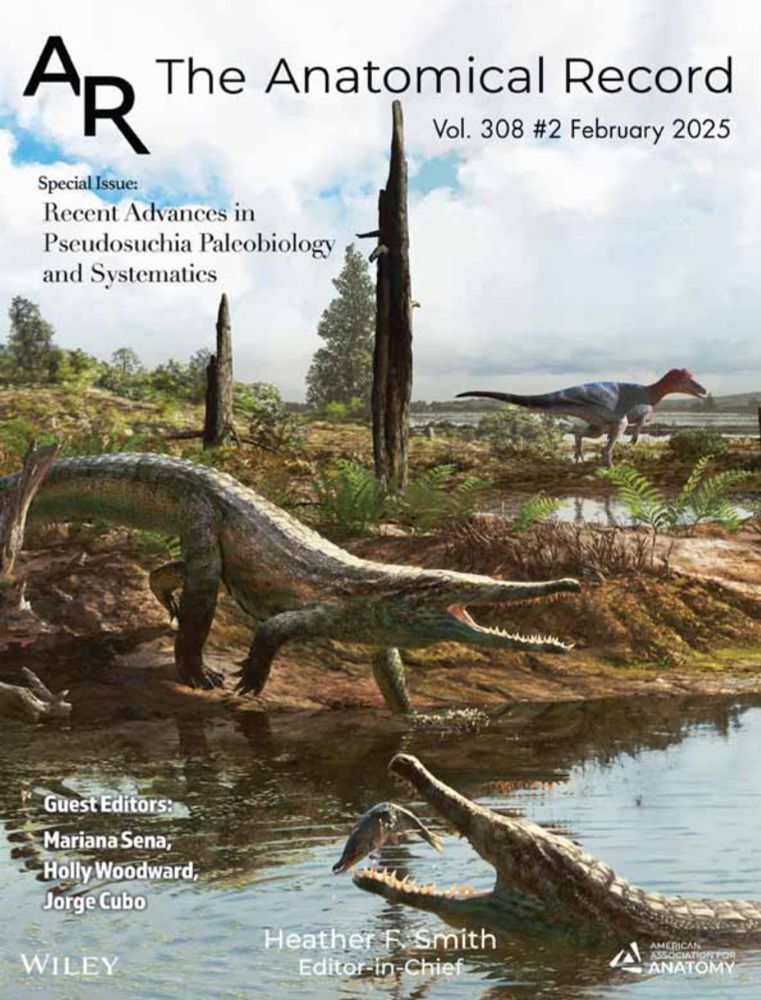





Our Edinburgh student Milly Mead, in her first paper, looks into oviraptorosaurs. Arm shortening and finger loss were decoupled!
@funstonpaleo.bsky.social & I are proud supervisors!
royalsocietypublishing.org/doi/10.1098/...

Our Edinburgh student Milly Mead, in her first paper, looks into oviraptorosaurs. Arm shortening and finger loss were decoupled!
@funstonpaleo.bsky.social & I are proud supervisors!
royalsocietypublishing.org/doi/10.1098/...
Some comments from me on this new find in National Geographic www.nationalgeographic.com/science/arti...

Some comments from me on this new find in National Geographic www.nationalgeographic.com/science/arti...
The original goths, I love 'em more than ever.
Congrats to the authors! www.science.org/doi/10.1126/...

The original goths, I love 'em more than ever.
Congrats to the authors! www.science.org/doi/10.1126/...



